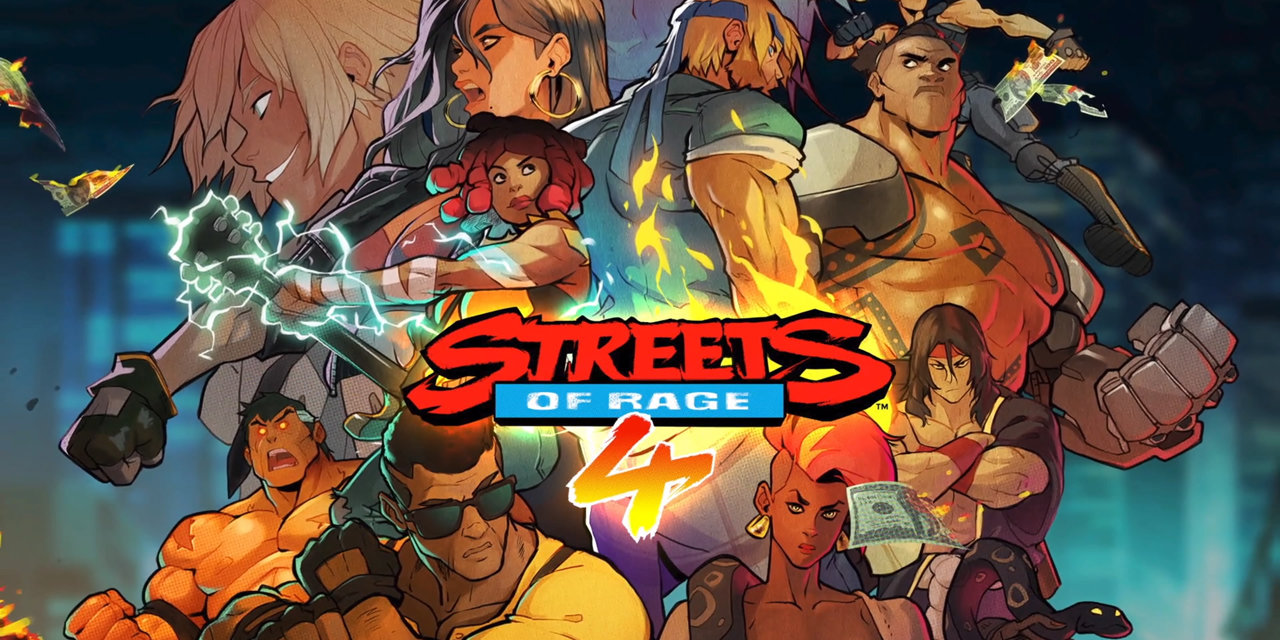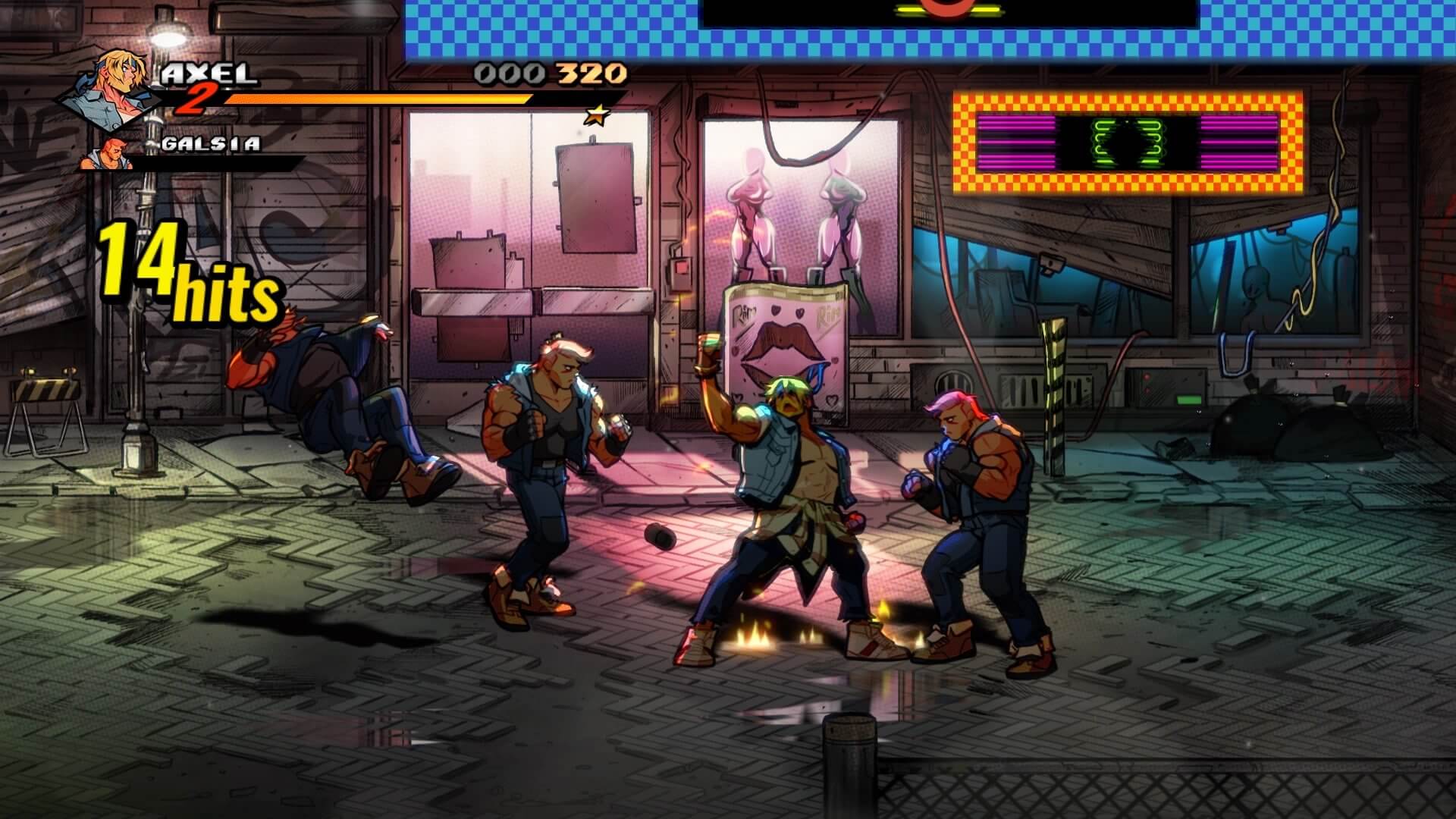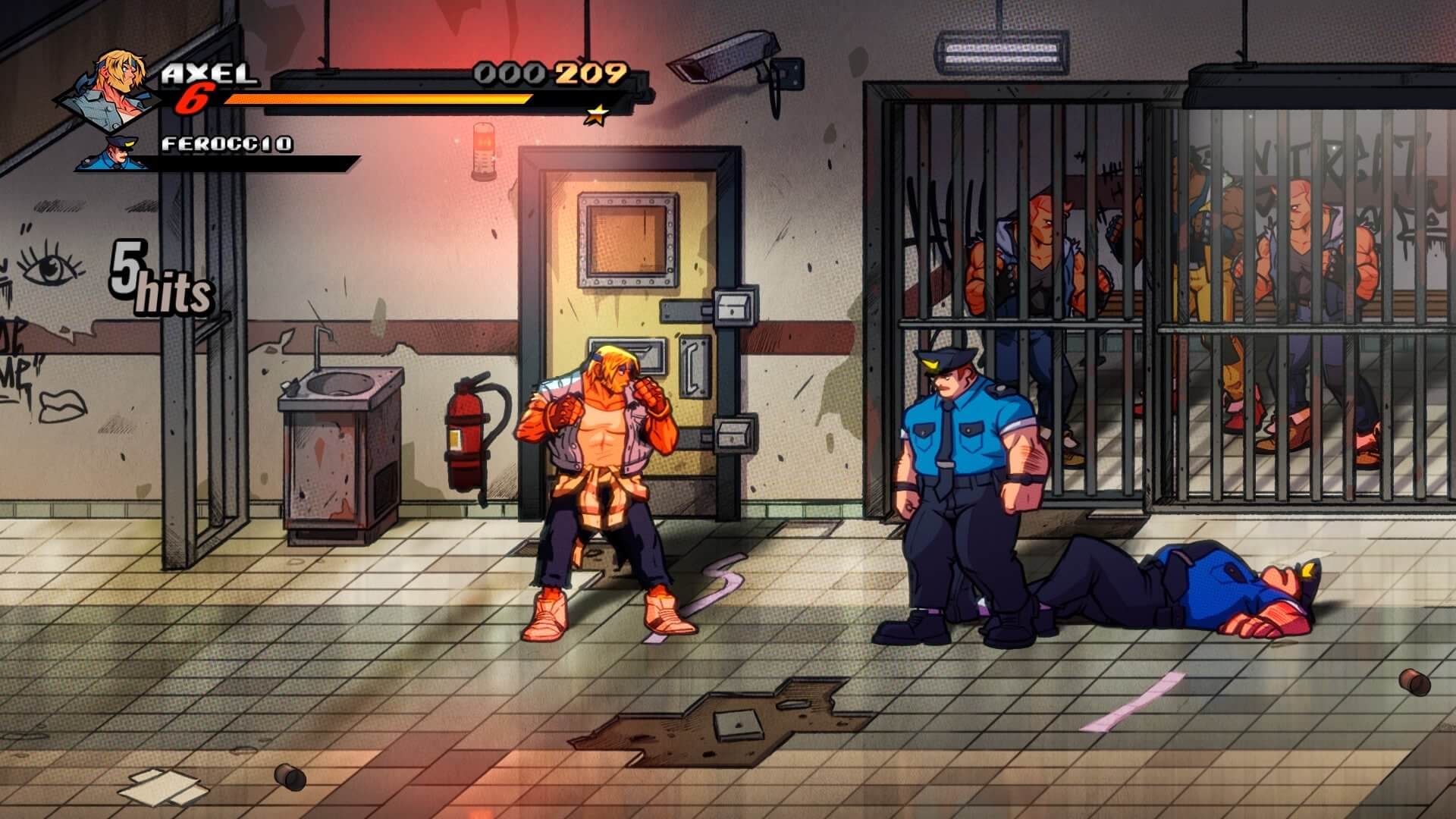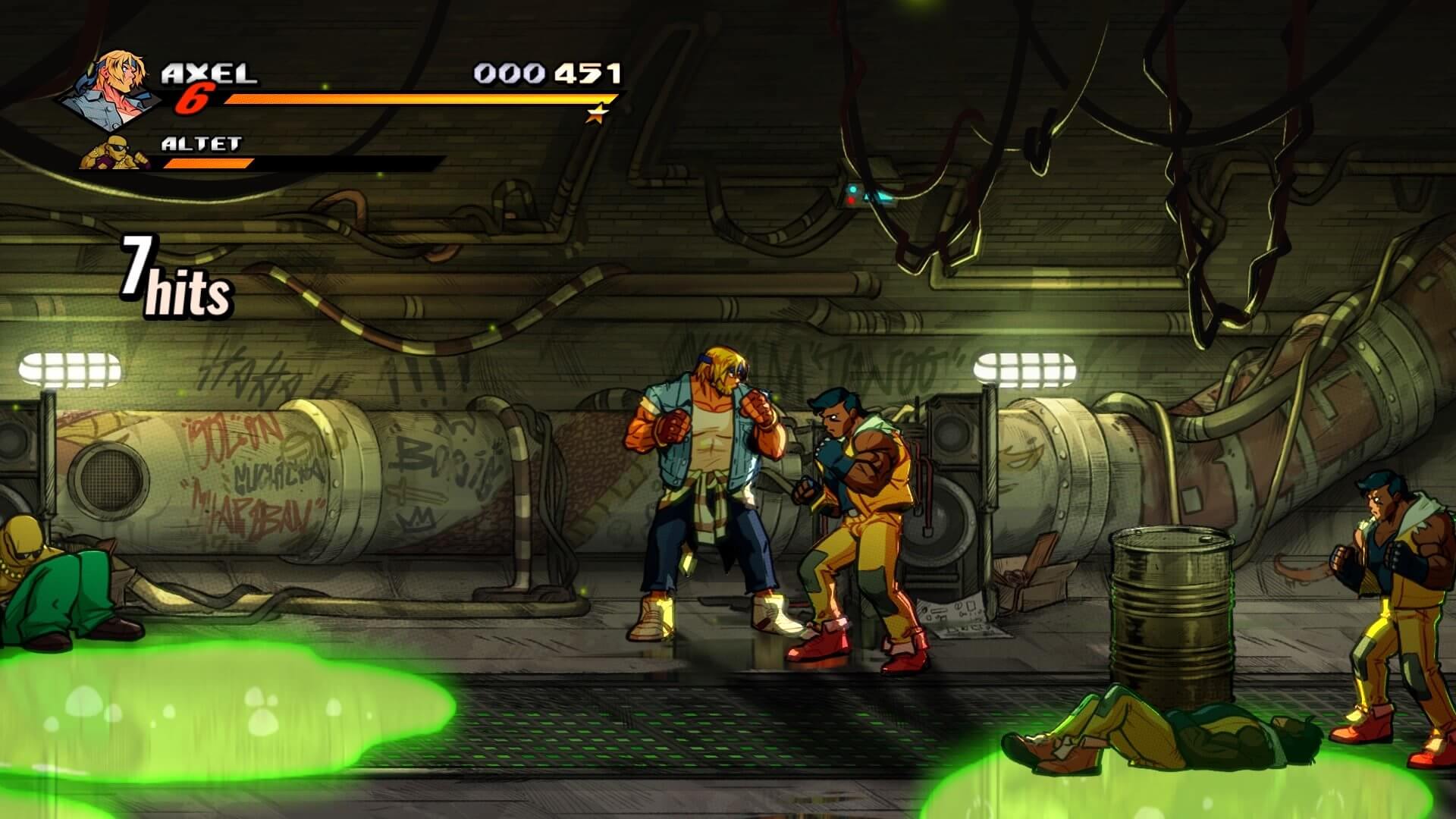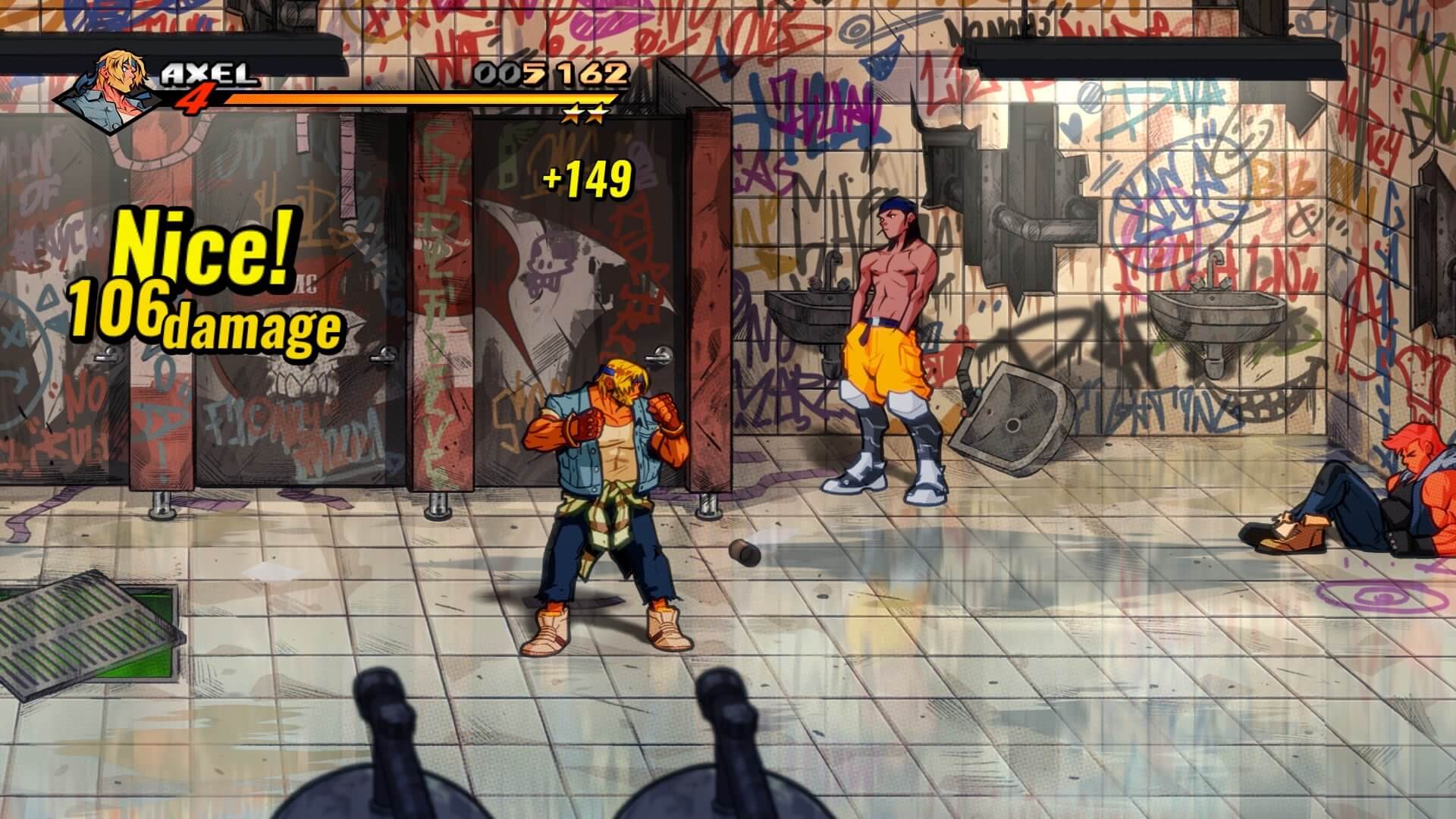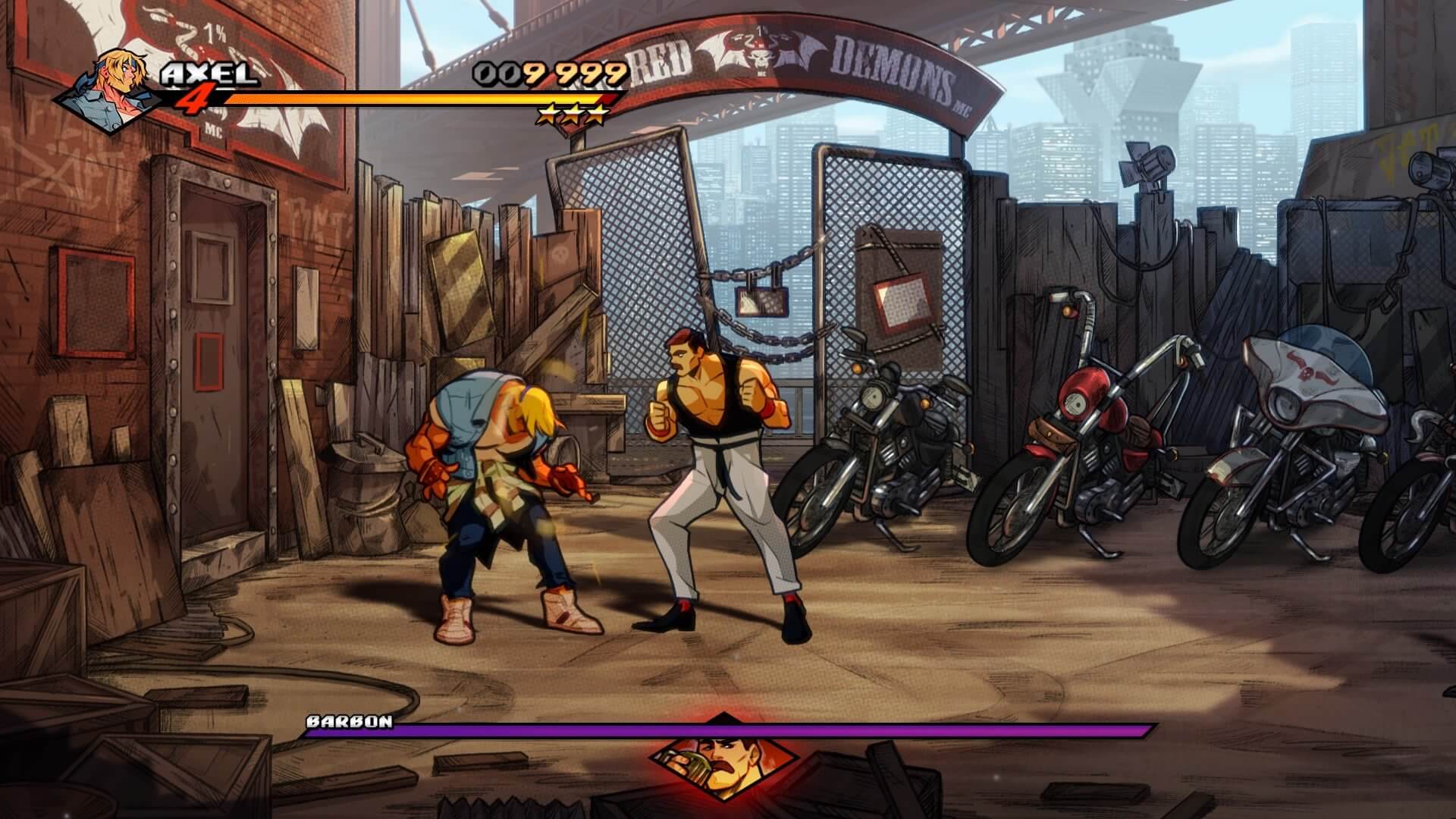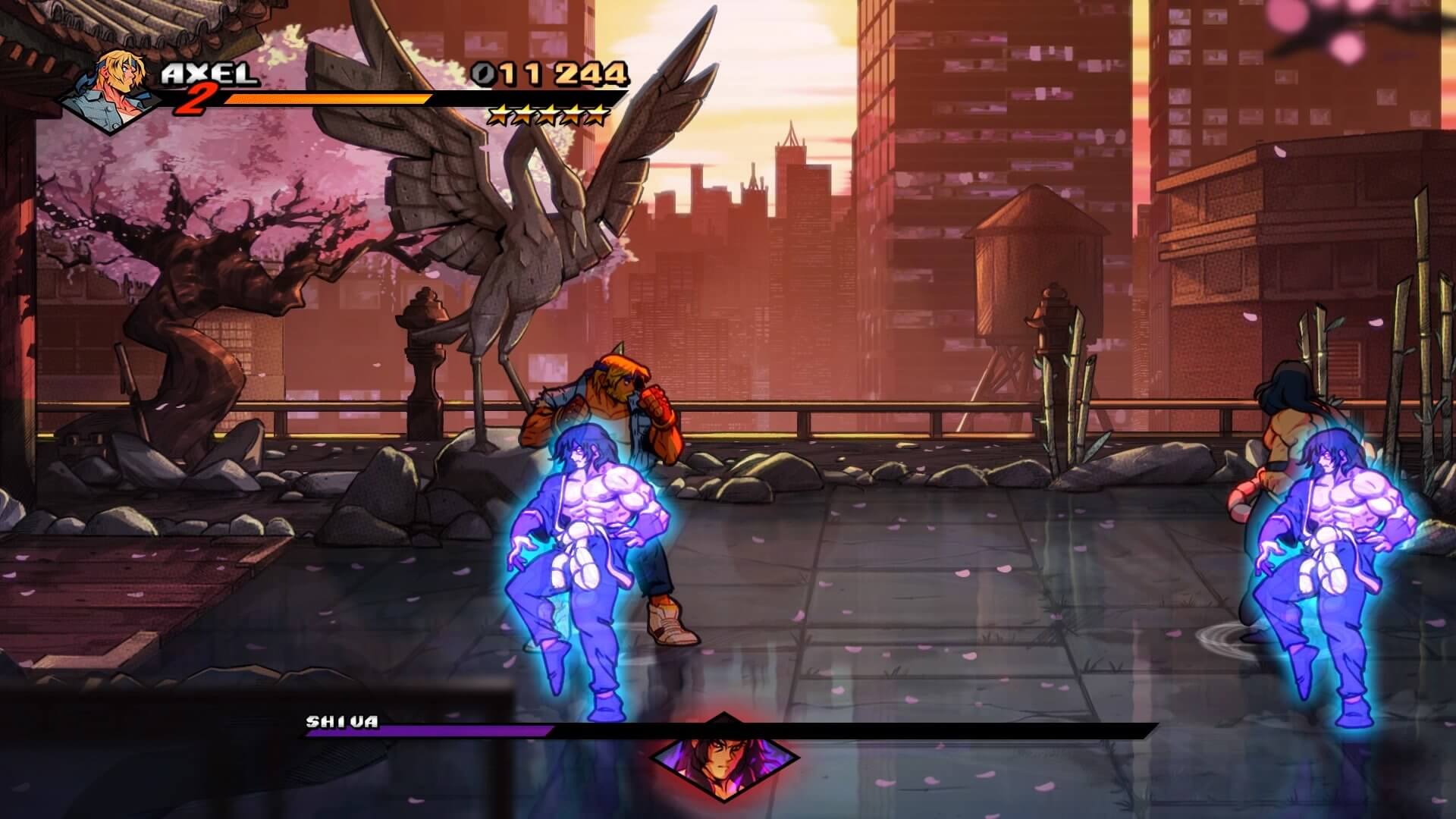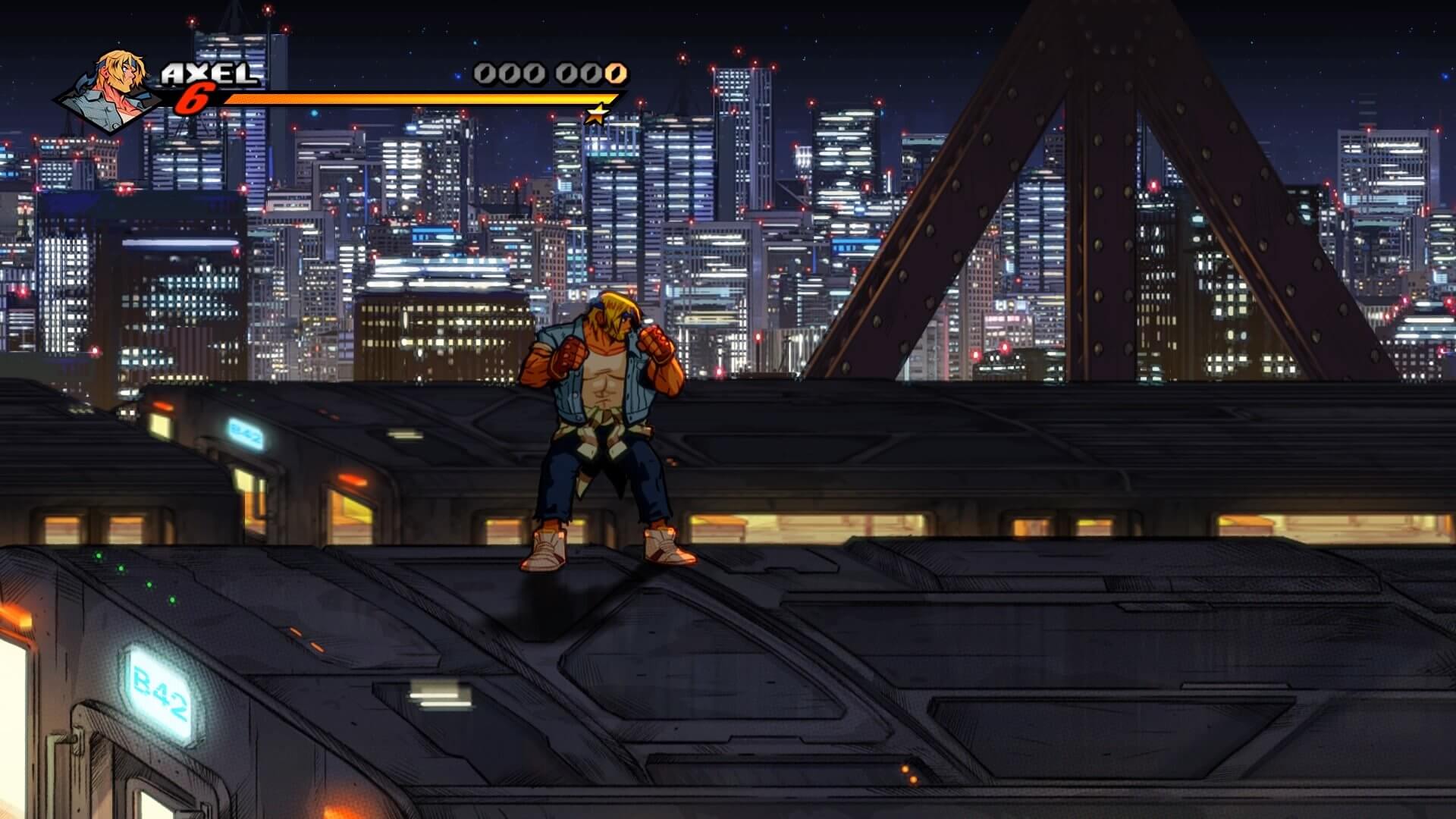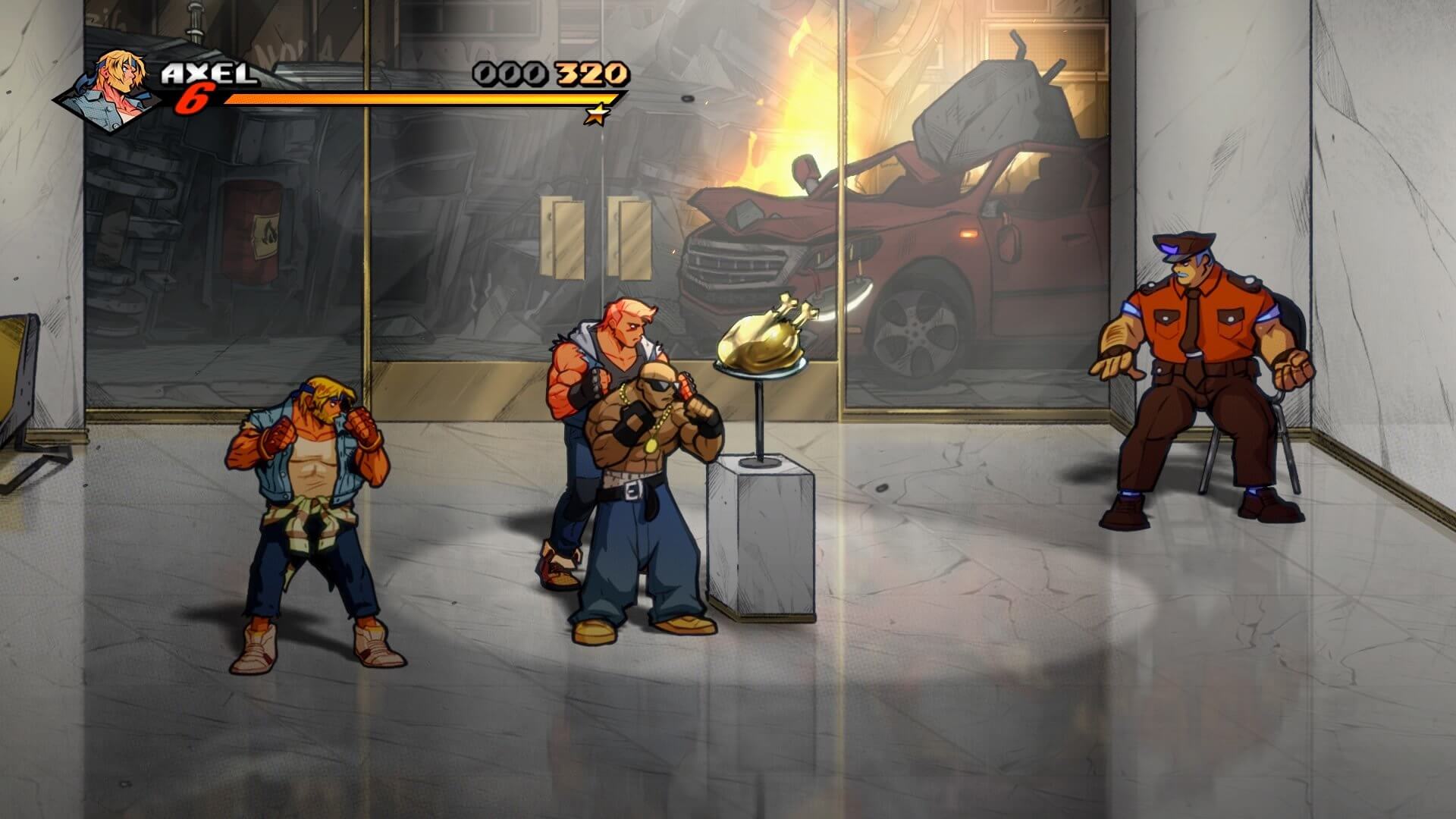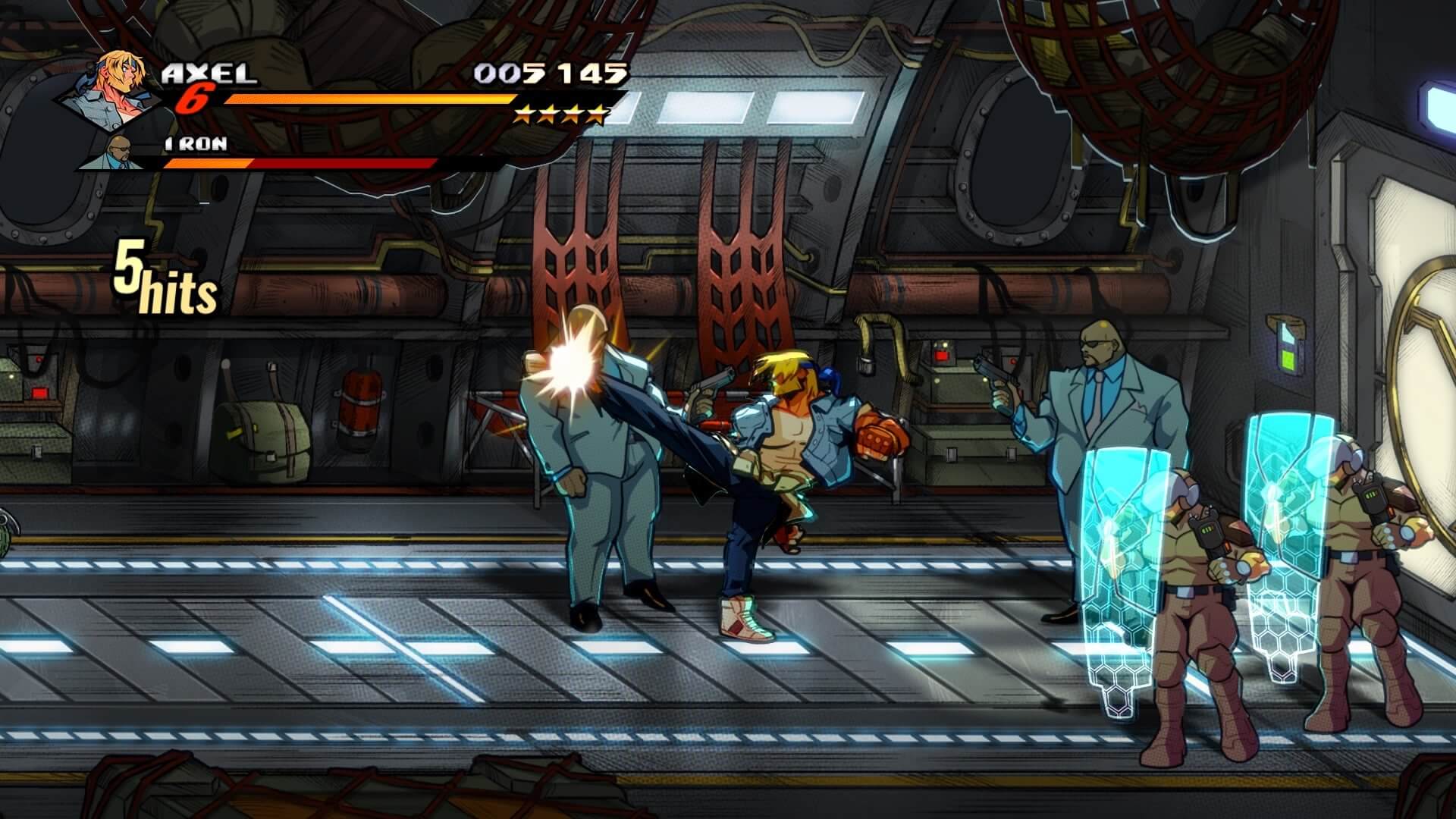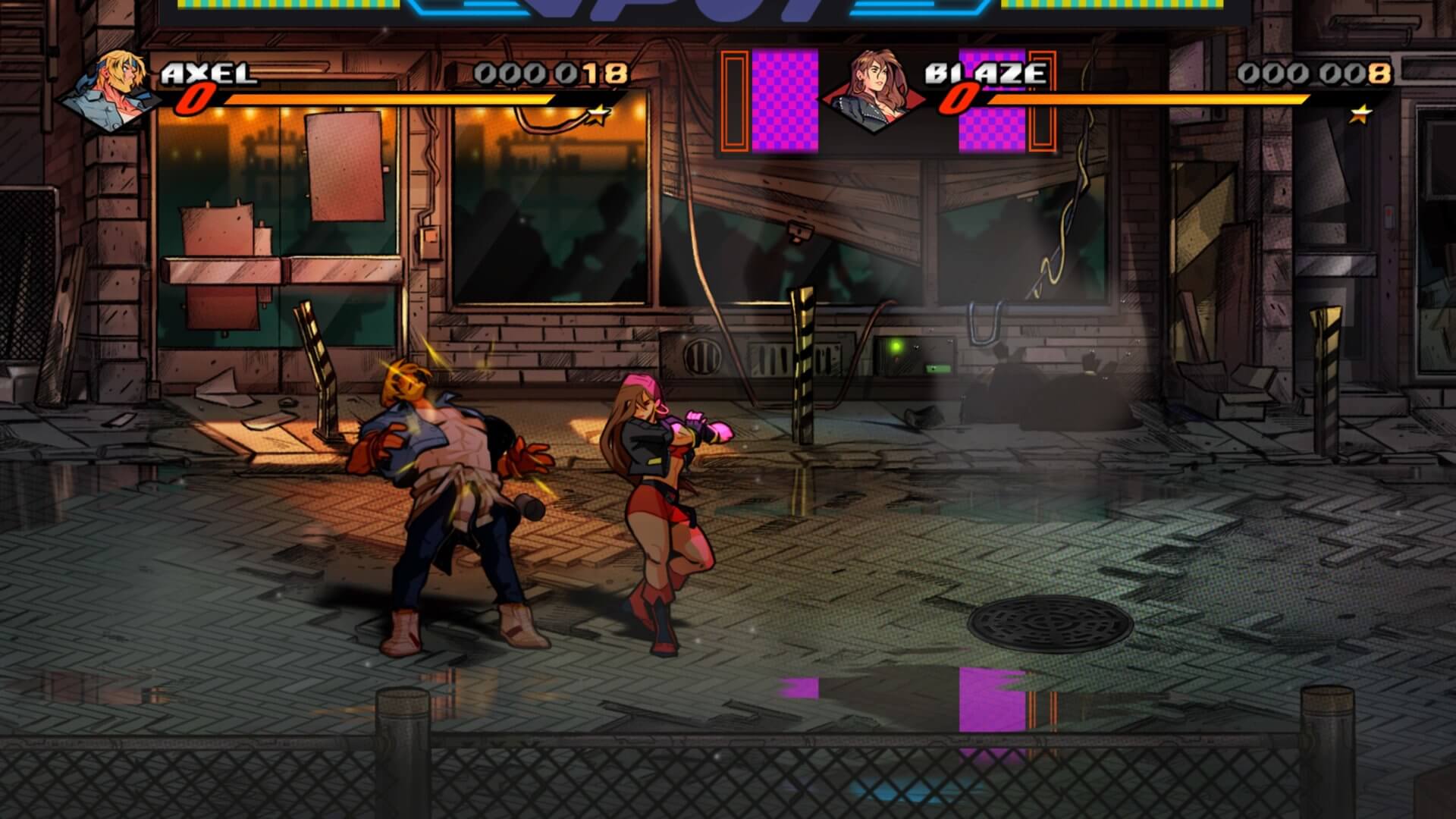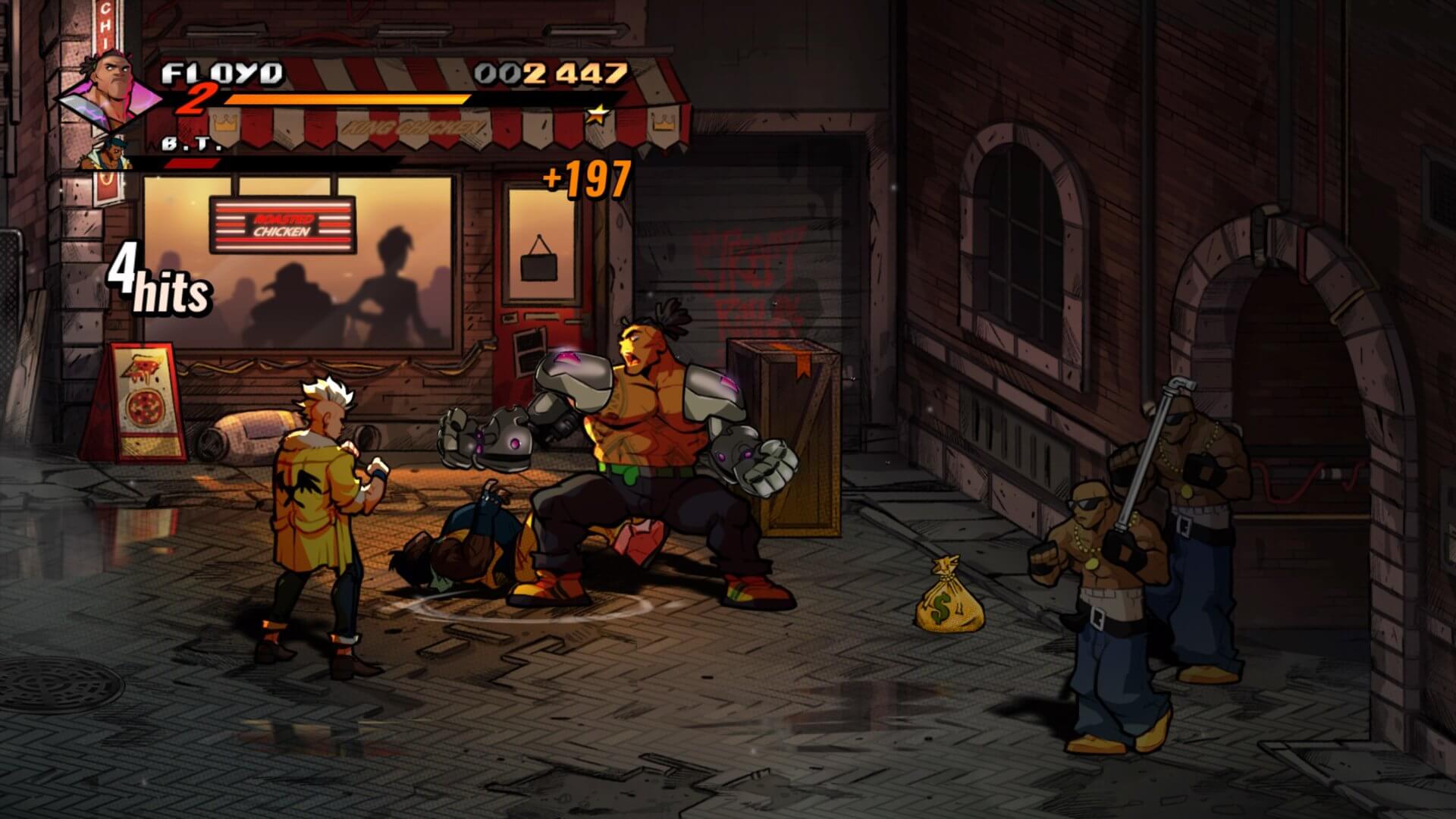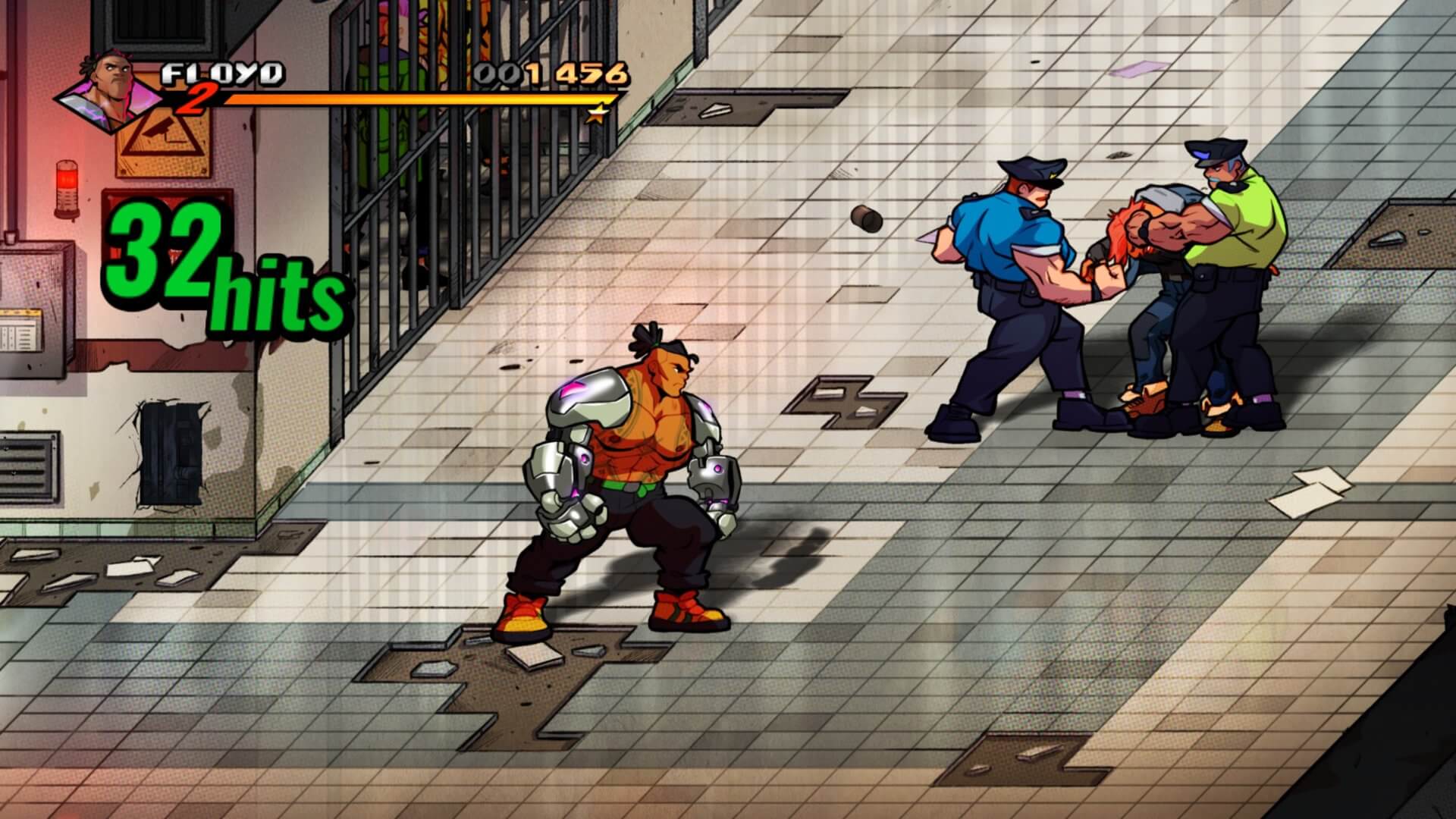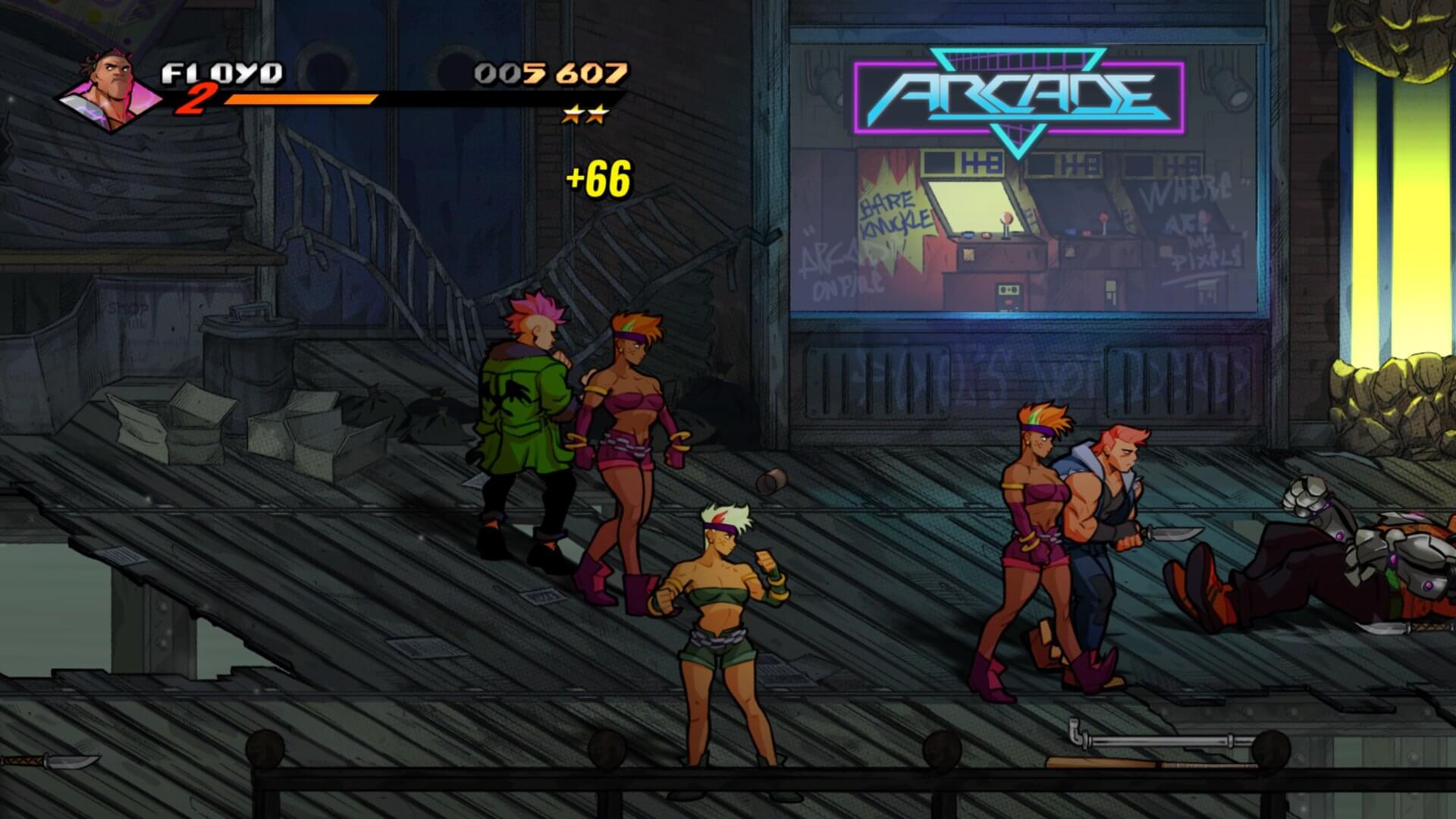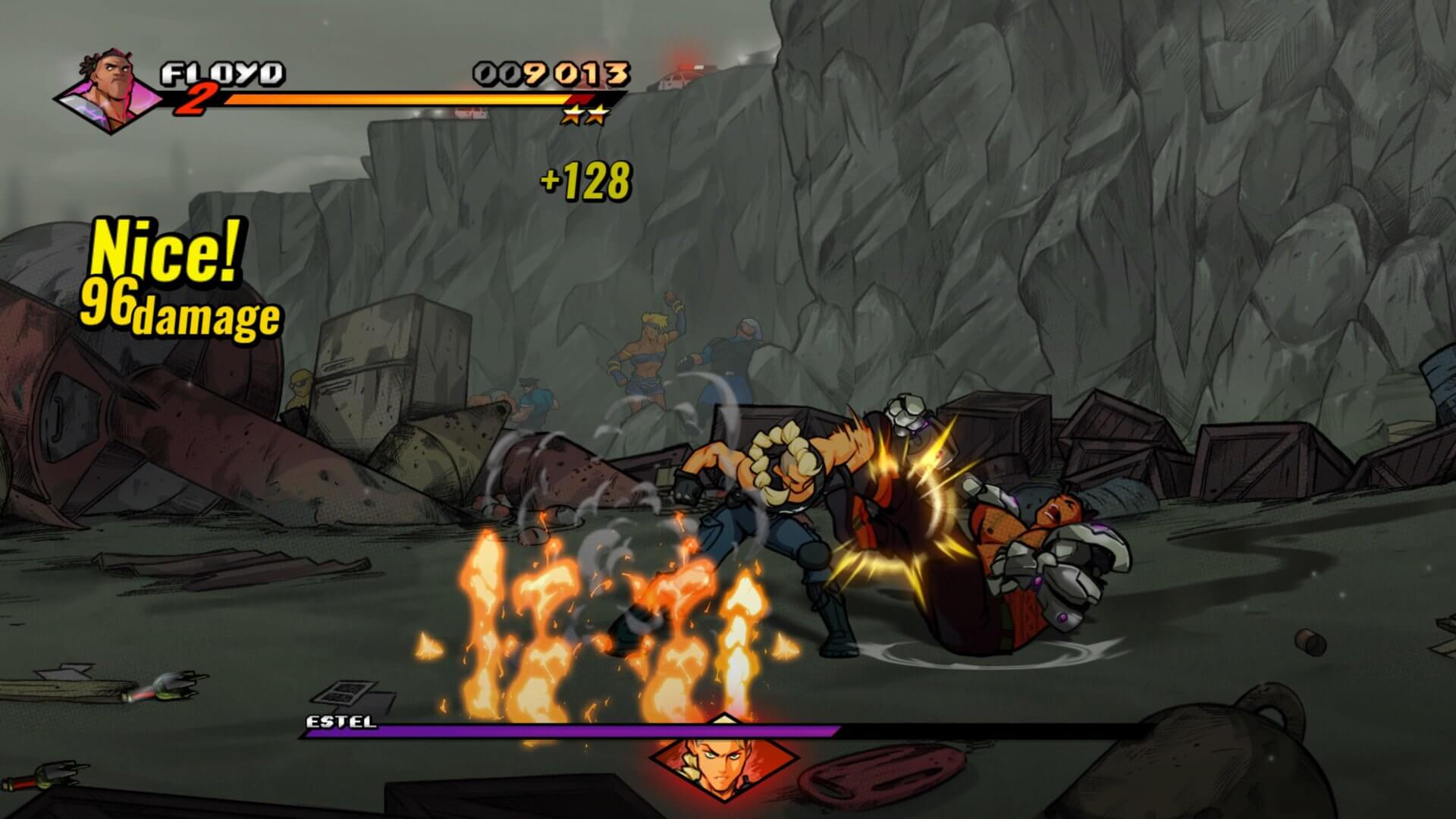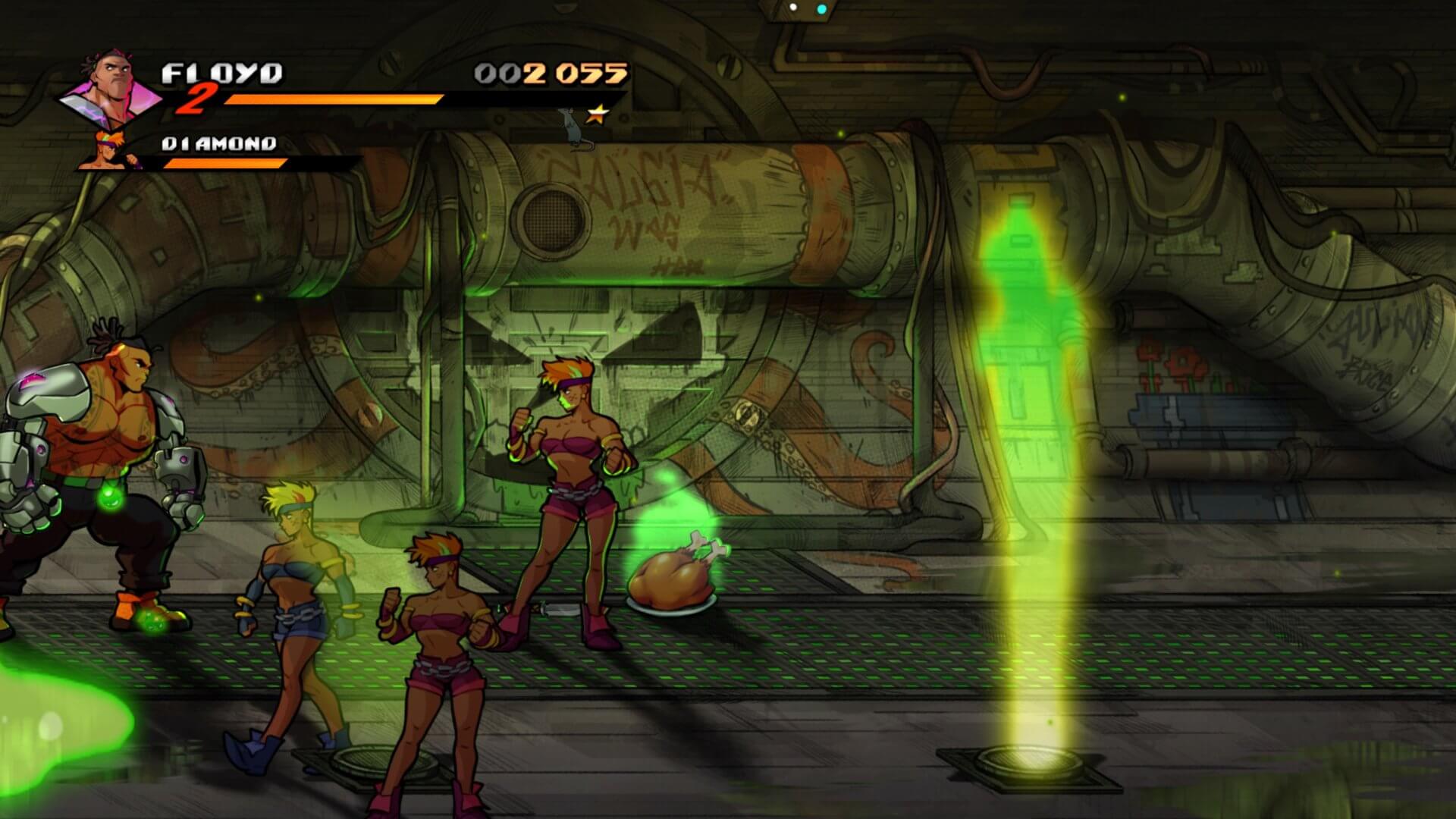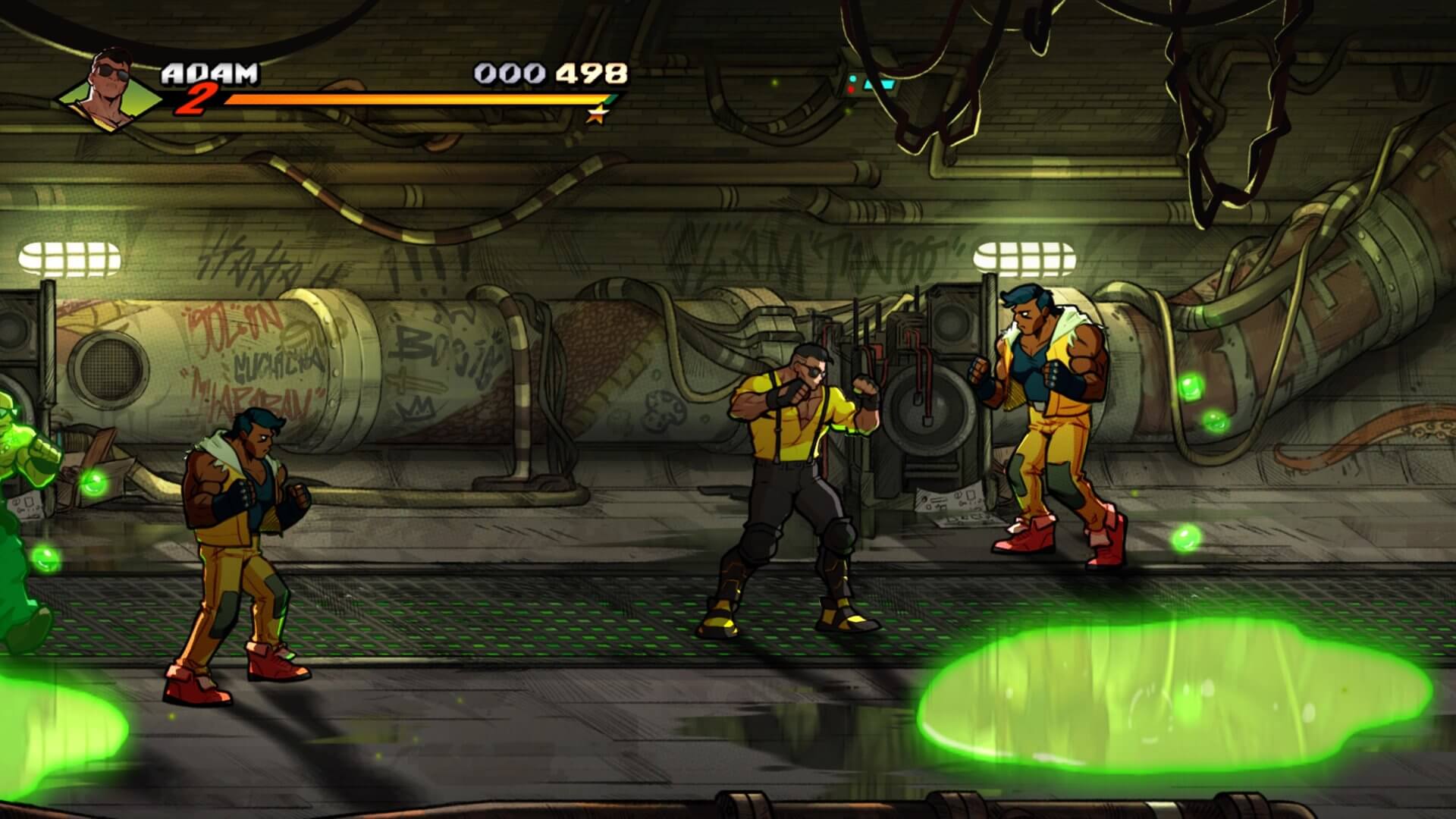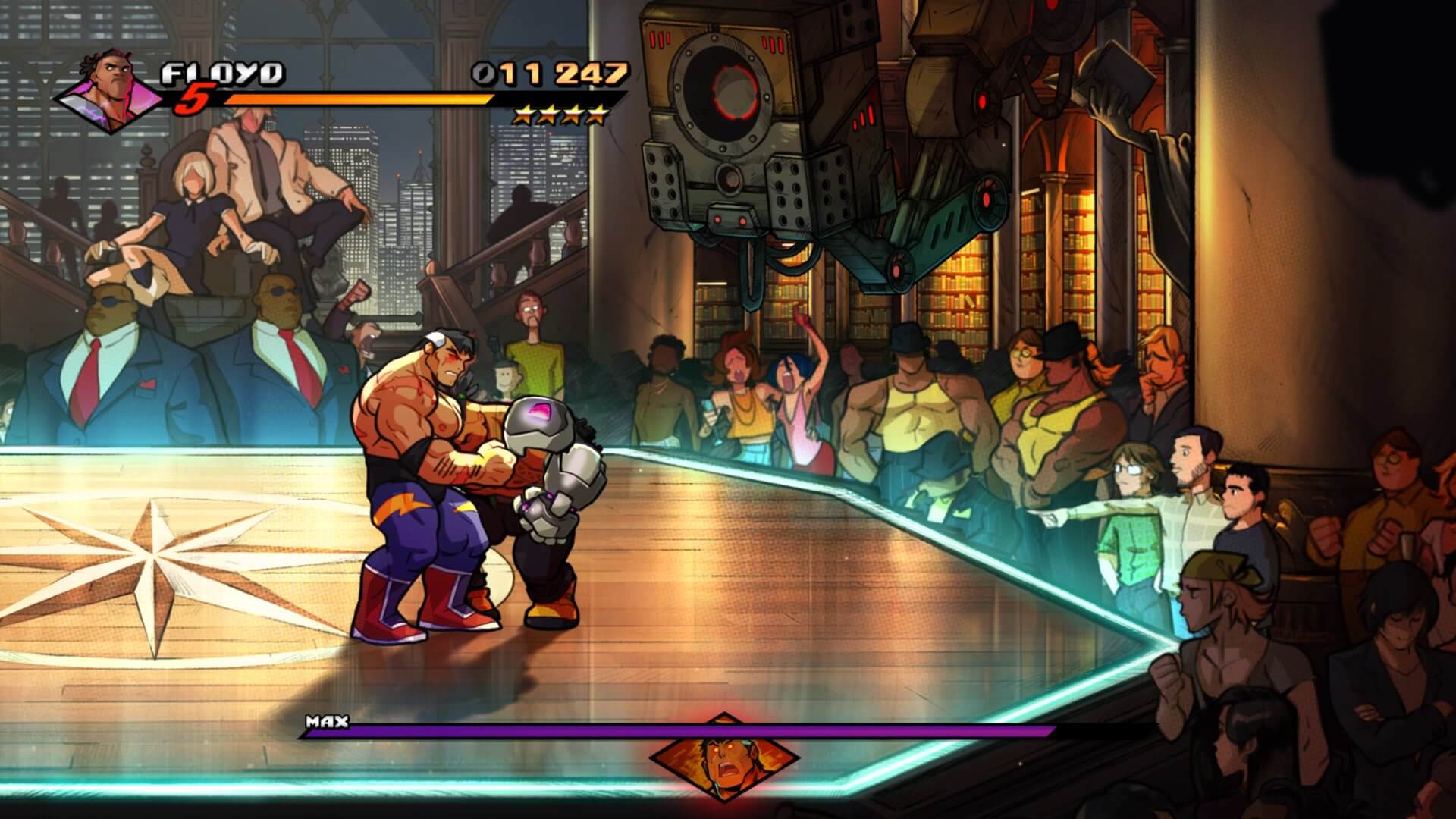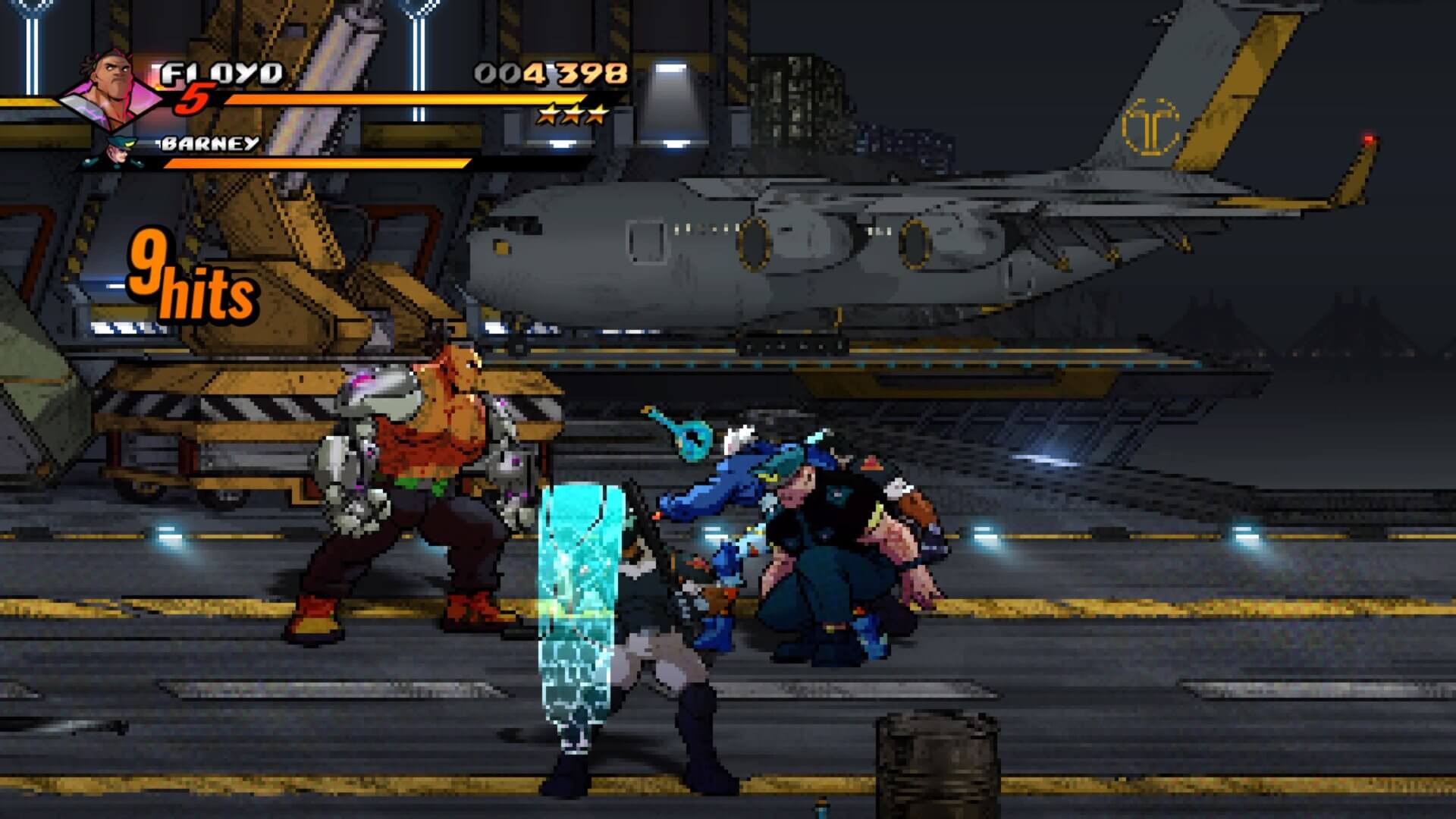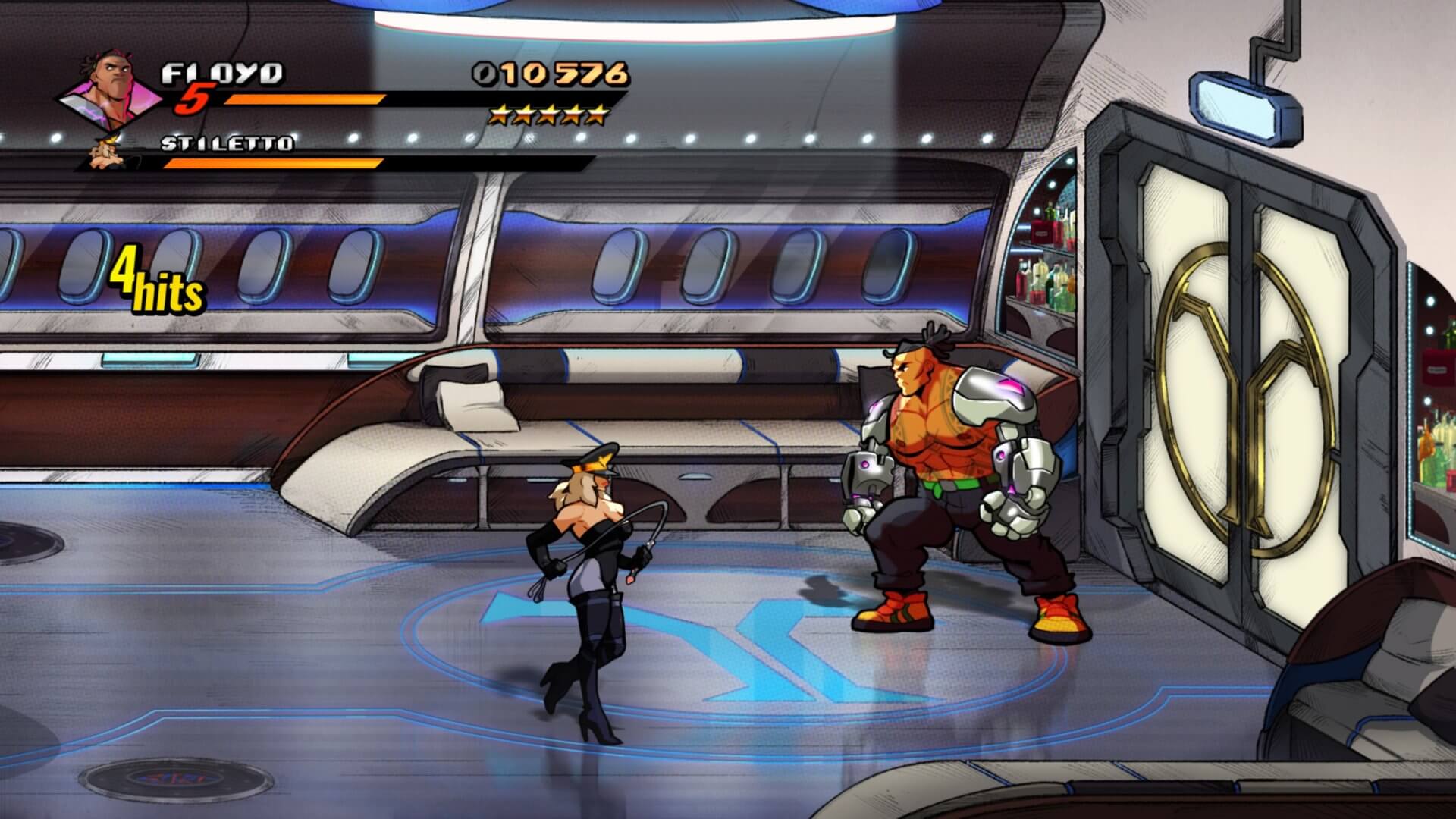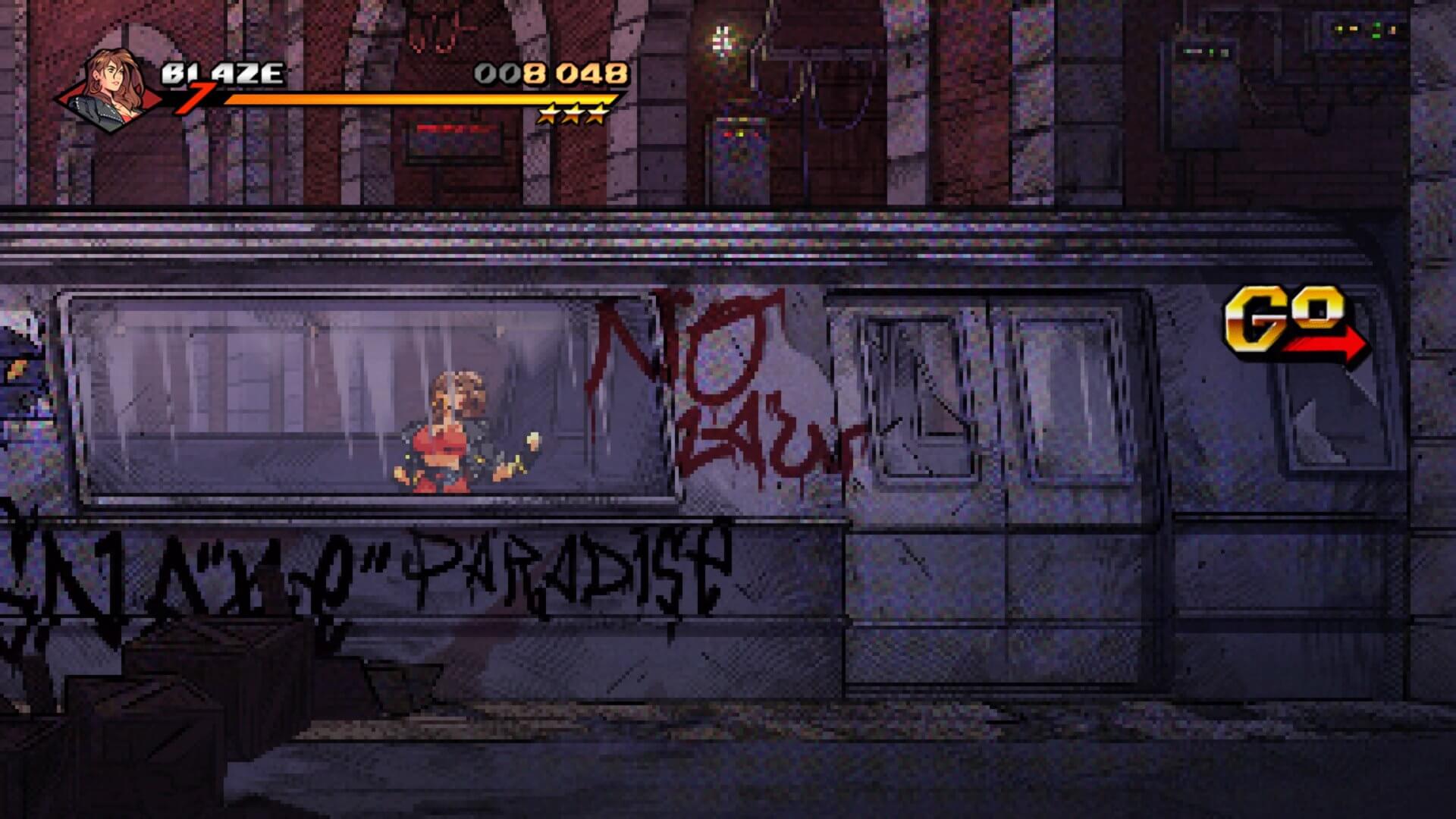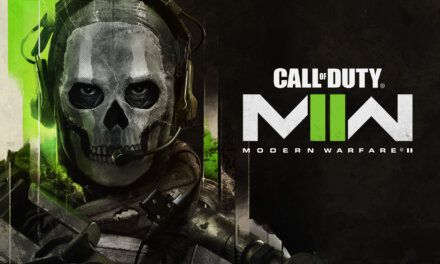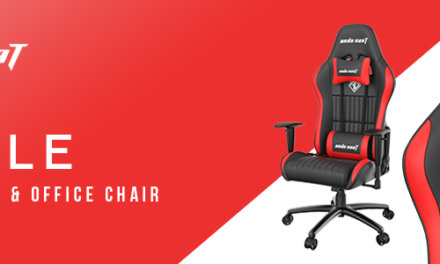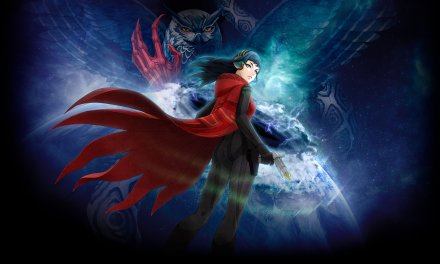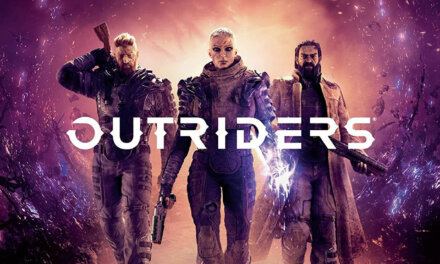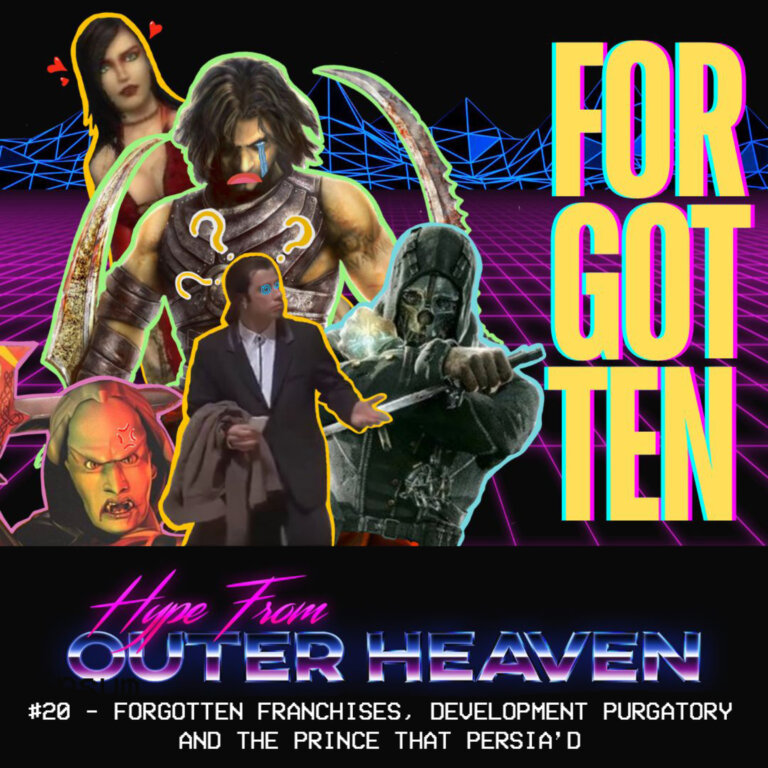“Together these four vigilantes stand against the Y Syndicate, on the Streets of Rage.”
Making a comeback for the first time in 26 years since the release of 1994’s Streets of Rage 3; French developers: Dotemu, Lizardcube and Guard Crush Games (in collaboration with SEGA) bring the classic beat-em-up series back in all it’s glory for modern consoles. Featuring a brand new campaign, classic (yet refined) beat-em-up controls with both retro sprite and soundtrack options to boot, it’s clear from the get go that the development of Streets of Rage 4 was a labour of love born of nostalgia for the original SEGA Mega Drive trilogy. Today saw the launch of the game across all major platforms and as per usual, I’ll be covering my time spent with the PS4 version of the game; detailing the good, deconstructing the bad, while ultimately discussing whether it’s worth the £19.99 asking price (EU PSN Store).
While I’ve stated many times that 1996’s Blood Omen: Legacy of Kain is the game that solidified my interest in the medium, it was 1992’s Streets of Rage 2 that was the first video game that I found myself playing over and over again until I burnt out my SEGA Mega Drive (Genesis to you folks across the pond) during my formative years. Endless days were lost between me and my brother, learning every move there was to learn between Axel Stone and Max Thunder, going on to be nostalgically linked to Yuzo Koshiro’s legendary score (so much so that I purchased it on limited edition clear vinyl several years later).The simple (yet structured) side-scrolling gameplay improved upon the original tenfold, being hailed primarily for it’s sound effects, graphics and of course it’s soundtrack, going on to be hailed by many as one of the best beat-em-up games of all time, even succeeding Capcom’s hard-hitting Final Fight from 1989 (which was monolithic at the time). A few years later saw the release of the Streets of Rage 3, which tried to give the series a new direction with longer levels, character dialogue and a more complex plot, ultimately getting a lukewarm response and paling in comparison to it’s predecessor, effectively putting the franchise on hiatus (amidst rumours of a new entry in the late 90’s) until French developer: Dotemu unveiled Streets of Rage 4 over 26 years later.
As aforementioned, Streets of Rage 4 is the first entry in 26 years outside of the original SEGA trilogy, and follows veteran vigilantes: Axel Stone and Blaze Fielding teaming up with franchise newcomers Cherry Hunter (Adam’s daughter) and Floyd Iraia (apprentice of Dr. Gilbert Zan from Streets of Rage 3) 10 years after the events of Street of Rage 3. Narrative-wise, SOR4 is similar in scope to it’s predecessor, featuring character dialogue and cutscenes between levels, reintroducing classic fighters as well setting up the game’s plot. A decade has passed since the fall of Mr. X and the Syndicate in Wood Oak City, and see’s his twins: Mr and Miss Y form the Y Syndicate, once again throwing the city streets into turmoil in an attempt to see out their plans of controlling the population, leading the four vigilantes to head out and do what they do best. Featuring 12 distinct levels with cutscenes in-between, SOR4 is considerably longer (1-2 hours easily for first run) than it’s predecessors. While it’s narrative lacks any real depth, it’s obvious from the get go that it’s sole purpose is to re-introduce both new players and nostalgic fans back into the franchise by presenting it under a fresh perspective, but simultaneously providing enough nods to the original trilogy to make it feel like a true part of the franchise.
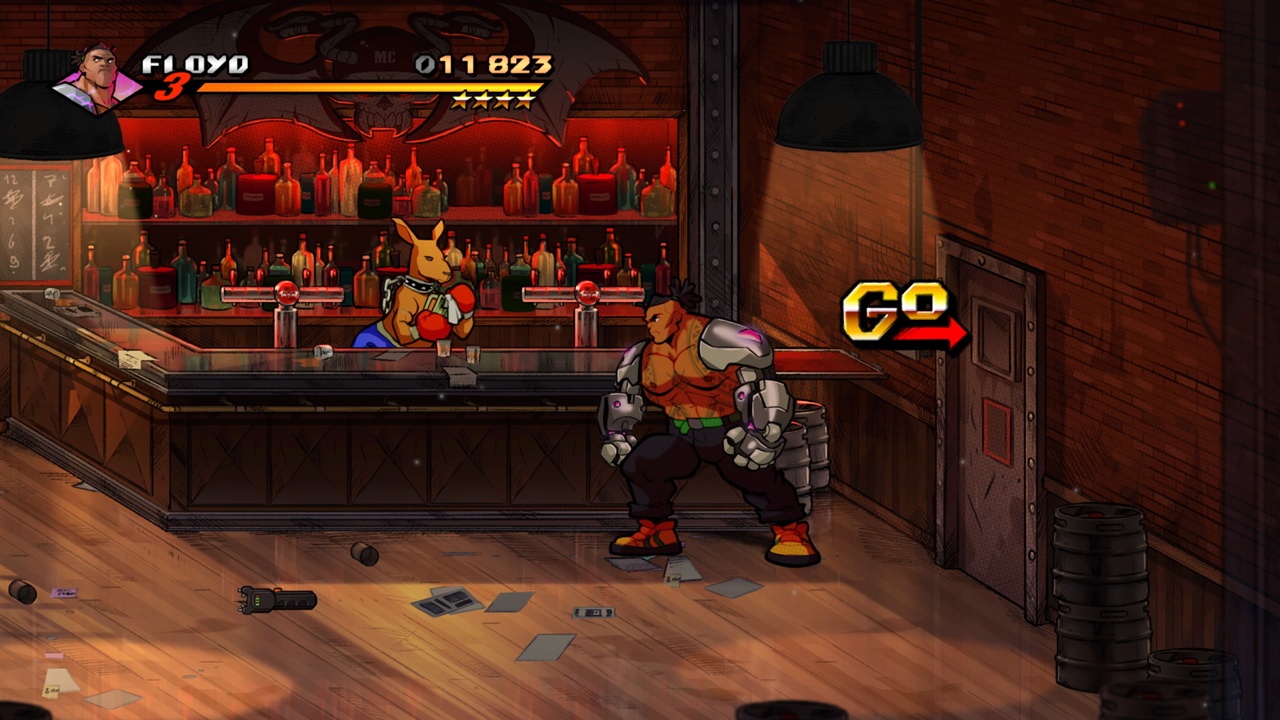
While the narrative is about what you’d expect from a beat-em-up franchise, the real weight here is by far the gameplay, of which Streets of Rage 4 doesn’t pull any punches (pun intended). Firstly, the game maintains the classic 2D level structure that the series is known for, featuring twelve distinct stages that borrow a lot of aesthetic elements from the original titles, while also having layers of ambient assets such as burning barrels or steaming pipes that gives the landscape a more 2.5D feel. From the get go, you have a choice of four characters to play as (with a total of seventeen across the game’s unlocks) which include classic characters: Axel Stone and Blaze Fielding alongside other franchise veterans that are unlocked over time such as Adam Hunter and Max Thunder; all of which have had their animations and character models redesigned from the ground up, with the ability to unlock their original retro sprites to turn the game truly old school. The game’s combat is by far the shining star here, as nearly every attack feels weighty, connects perfectly and feels fluid to the button press, following a similar structure and controller layout to those found in the original. The game retains the classic special system, that takes a little bit of your health in return for a powerful attack, only this time round opting to reserve said health, allowing you to regain it should you manage to land enough attacks afterwards without taking damage. Interestingly the enemies in Streets of Rage 4 have also seen a revival, following the aesthetics and AI patterns of the original games, which showcases the amount of detail that the developers went into when studying the original games. On the same level is the game’s soundtrack, which features a solid electronic score which has been produced primarily by French composer: Olivier Deriviere while containing guest stage tracks from series veterans: Yuzo Koshiro and Motohiro Kawashima (the brains behind the stellar soundtrack to Streets of Rage 2) with the added option to turn the soundtracks back to those found in Streets of Rage 1 & 2 which was definitely my preferred way to play the game by a mile.
In terms of the overall art-style, things have definitely been updated to reflect it’s modern audience with a manga-esque art style throughout the game’s levels and cutscenes; which comes with the addition of filter options of either over saturating the game’s already rich colour scheme, or by pixelating everything down (the connoisseurs’ choice) to resemble it’s 16-bit brethren. Despite the updated aesthetics, the core visual experience is still here, offering fluid, hand-drawn animations that blend seamlessly with the reworked character animations, rendered in crisp 3840x2160p via the usual checkerboard 4K on the PS4 Pro, opting for 1080p on the OG PlayStation (both tested) at a very stable 60fps on both models. Out of the box the game supports four player local co-op in addition to two players online; at the time of writing this review however the online capabilities of the title struggled to find a second user, but this is something that was likely isolated to people who had early access keys rather than an issue at launch (although there have been issues reported today regarding this). In addition, one of the most interesting features is the game’s difficulty curve, with easy and normal modes offering a solid enough challenge, even for veterans of the franchise. In terms of replayability, there’s a lot on offer here, as the game includes an Arcade mode which unlocks once you beat the main story; acting as an iron-man mode, the game’s difficulty is ramped up with you only having one life to blast through the twelve stages of the game. Additionally, there is also a boss rush mode, as well as a brawl mode that allows you to fight against your friends. The main progression monitor is the lifetime score counter that tallies the points earned across all of your playthroughs, unlocking things such as additional characters and their retro sprites which is a very nice feature for fans of the original games.
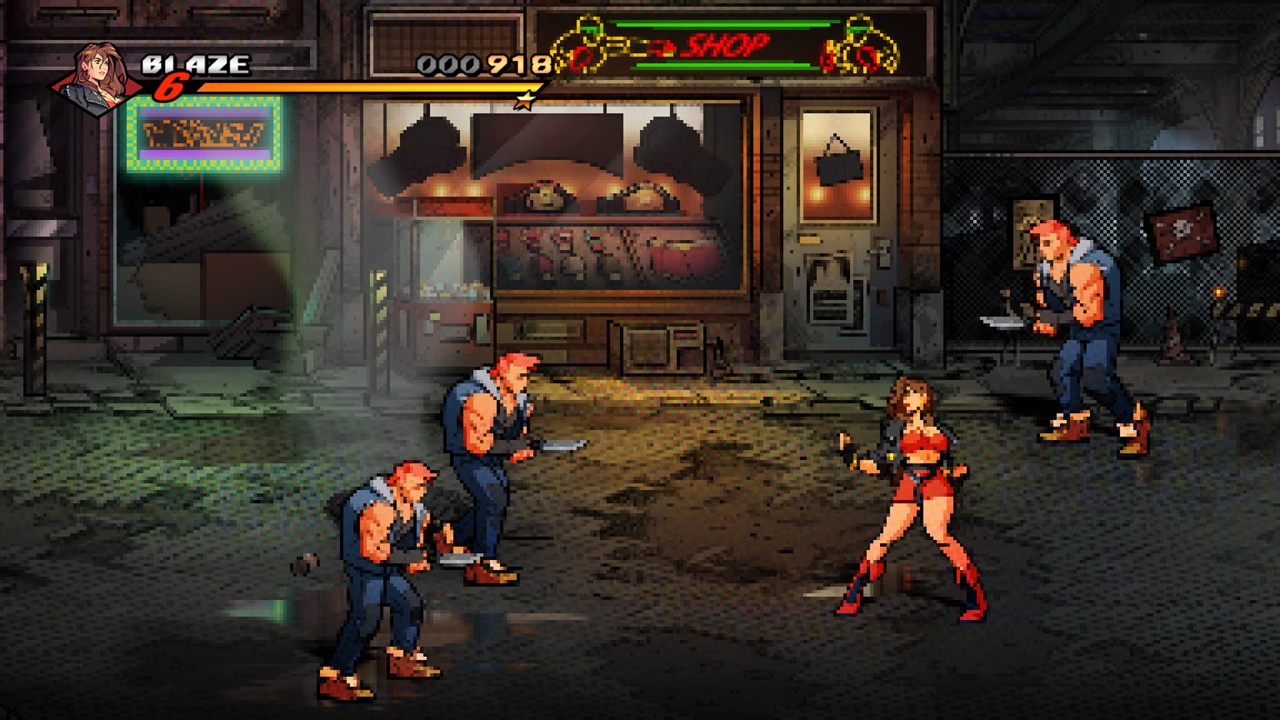
Overall, Streets of Rage 4 rivals the likes of Sonic Mania on the production value alone, being obvious that the game was a true labour of love for the guys and gals over at Dotemu, Lizardcube and Guard Crush Games. Everything has been master-crafted from the ground up to recreate a golden era of 16-bit arcade brawlers, offering one of the most nostalgic experiences I’ve ever had the pleasure of playing. Currently being sold for £19.99 with a slight discount at £17.99 for PS Plus users, you owe it to yourself to pick up this essential throwback to a classic franchise, as it’s an absolute steal for what you’re playing.
A PlayStation 4 review code was provided by Indigo Pearl.

